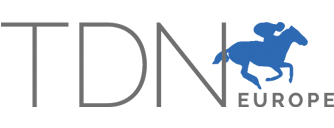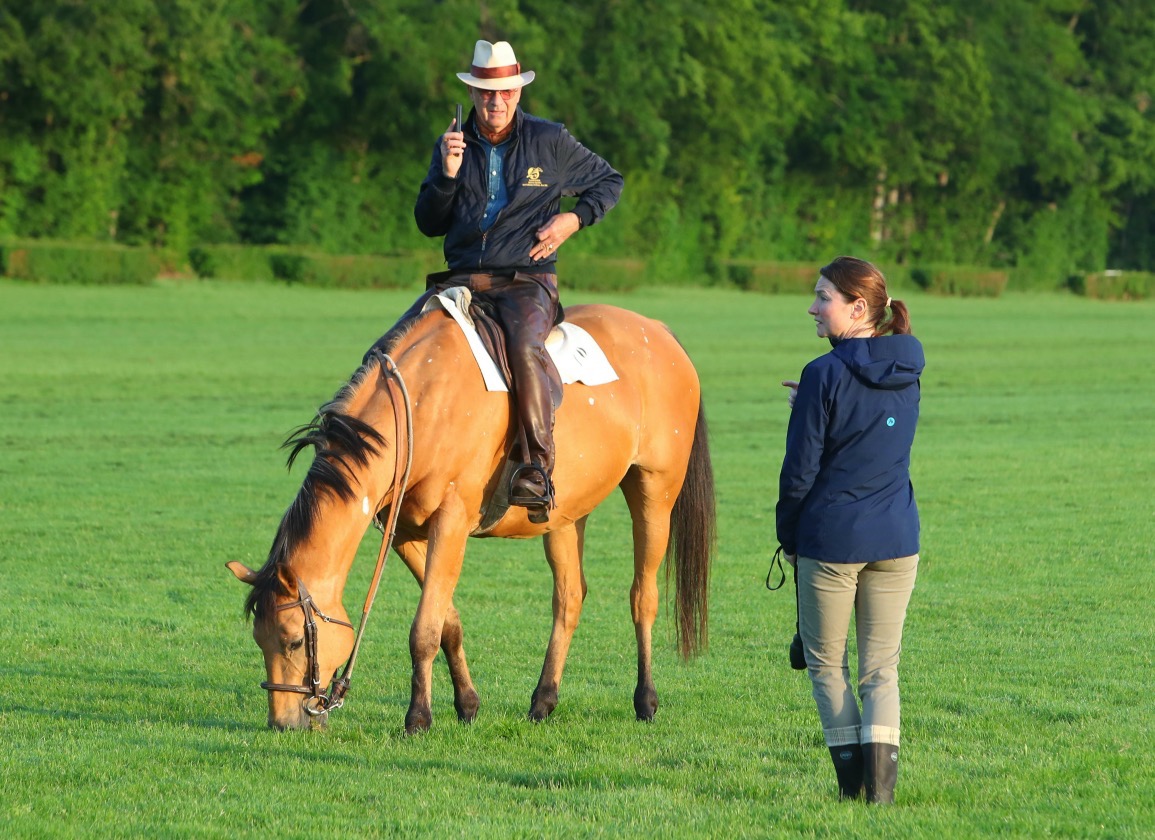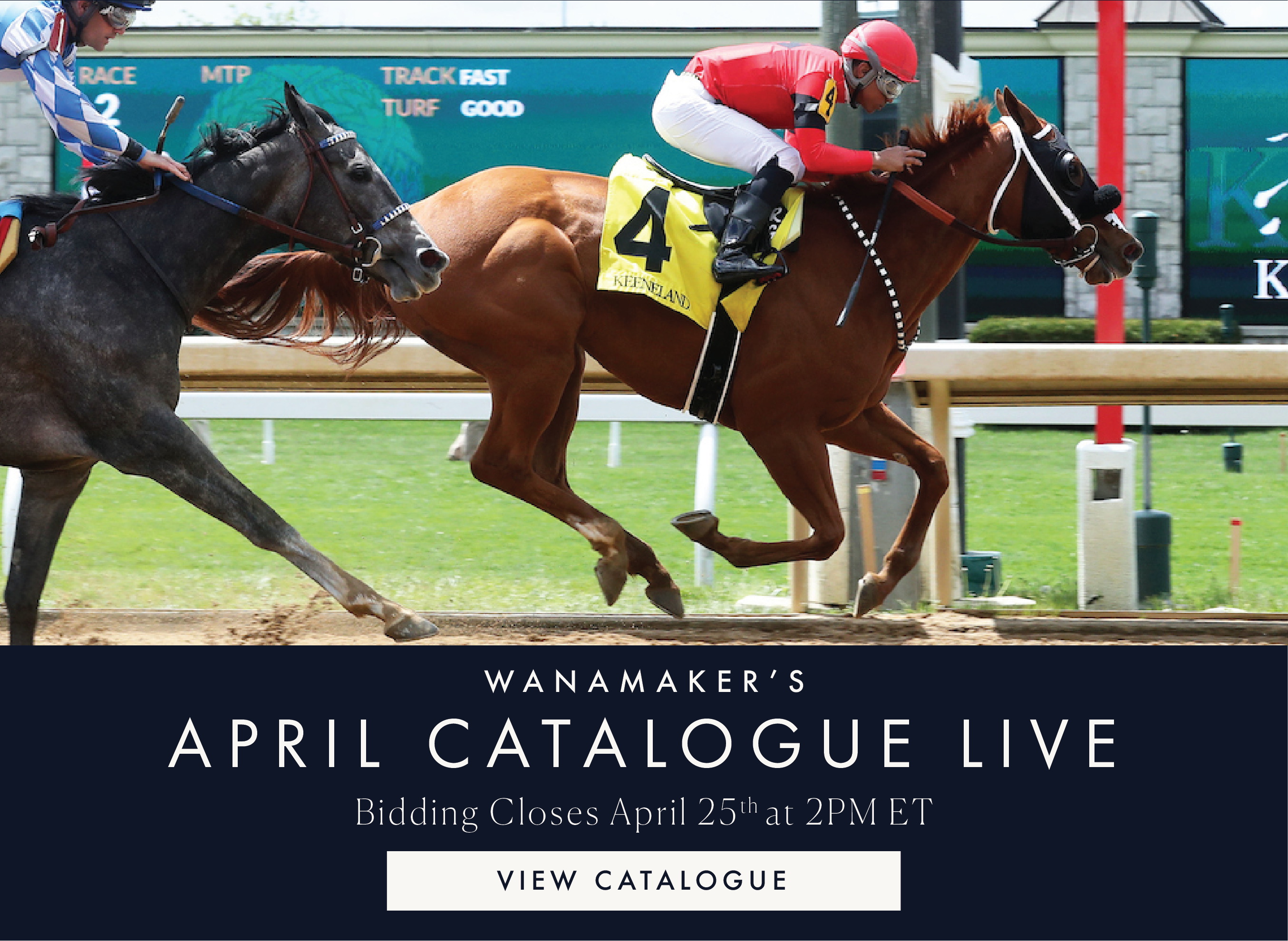By Alix Choppin
When the gates open for the G1 Hong Kong Vase on Sunday, Ebaiyra (Distorted Humor) will be bidding to round off her trainer Alain de Royer Dupré's 49-year career with a 94th Group 1 win.
Now pause. And read that sentence again.
Forty-nine years. Ninety-three Group 1 victories. Almost two per season. And a mind-boggling total of 320 wins at group level.
Royer Dupré's retirement from the training ranks brings the curtain down on a whole chapter of French and international racing history. It is quite fitting that his final significant runner sets off at Sha Tin's international race meeting, a fixture at which Royer Dupré has been a regular participant. And a successful one, having sent Pride (Fr) (Peintre Celebre) to win the Hong Kong Cup in 2006 and Daryakana (Fr) (Selkirk) to capture the Vase in 2009.
With the benefit of hindsight, it can be argued that Royer Dupré's career has mirrored, or perhaps preceded, the evolution of French racing. From his beginnings in show jumping and eventing to the winner's enclosure of Longchamp, Hollywood Park, Ascot, Woodbine, Flemington, Arlington, The Curragh or Meydan, he has ridden the crest of a wave that carried globalisation, emphasis on speed and the rise of hugely lucrative race meetings worldwide. Back in 1984, on only his second season of training for the Aga Khan, he sent out the G2 winner Lashkari (GB) (Mill Reef) to land the inaugural running of the Breeders' Cup Turf. The relative ease of modern-day overseas travel doesn't do justice to the level of boldness required for a young trainer to undertake such a trip with a 3-year-old back in the 1980s. Twenty-six years later, Royer Dupré again broke new ground by becoming the first French-based trainer, and only the second European, to win the Melbourne Cup.
Boldness is actually a quality that the master trainer half-heartedly concedes to himself, and without which we wouldn't even be having this conversation.
“I started in racing by working on Madame Couturié's Haras du Mesnil for eight years,” he recalls. “I was in an ideal situation to have a career in breeding, but I decided to start up training, which I knew nothing about, because I was missing the competitive aspect of racing. It was this decision that changed my life.”
Royer Dupré began in 1972 with a handful of jumpers in the west of France. He quickly proved successful and topped the regional leader board several times. Having trained some of His Highness's second string there, he made the move to Chantilly in 1981 upon the Aga Khan's invitation, before taking over at the helm of his private training centre of Aiglemont following François Mathet's death two years later. Asked to reflect on racing's changes throughout the half-century he has spent with a licence, he says, “There has certainly been a growing emphasis on shorter distances. The shorter trip of the Prix du Jockey-Club is just one example of this trend. There has also been a move towards using horses earlier, without necessarily giving them the amount of time they require. This is an ongoing trend, which I believe will meet its limits one day.”
Picking up on the first of these tendancies, I point out that the stock of the Aga Khan Studs historically performed over short distances. Those trained by Royer Dupré proved no exception, as the first Group 1 he won for His Highness was the 1100-metre Prix Robert Papin with the 2-year-old filly Masarika (GB) (Thatch), who went on to take the Poule d'Essai des Pouliches.
His reaction is typically insightful. “Indeed there was plenty of speed in the Aga Khan families, although Masarika was not a typical example as she was out of a mare who had been purchased individually,” he concedes. “More speed was brought into the pedigrees through the purchase of Jean-Luc Lagardère's stock, which was rich in American bloodlines. They resulted in Siyouni (Fr), for instance. But to go back to Masarika, her career was only made possible thanks to Yves Saint-Martin's exceptional riding skills. That a horse with so much speed was able to win over mile is a great testimony to his natural ride. He never fought with a horse.”
The acknowledgement of a jockey's contribution is a recurring theme in Royer Dupré's recollection of his accomplishments.
He continues, “Yves Saint-Martin played a major role in the early part of my tenure at Aiglemont. When I took over from François Mathet, I wasn't yet familiar with the training facilities at Chantilly. Galloping horses on the grass was new to me. He taught me an awful lot about these things. He was an outstanding rider and really helped me in producing the best out of every horse. To some extent, Yves's natural, fluid riding reminded me of my equestrian background and of my experience alongside one of the best eventing riders during my military service. Later on, Gérald Mosse would take on a similar role in the Aga Khan stable. He absolutely loved to fine-tune a horse and was brilliant at it.”
Christophe Soumillon is another jockey to have left his mark on Royer Dupré's career.
“When he took up the role as retained jockey for the Aga Khan, it was the first time His Highness was calling upon an apprentice for this position,” says the trainer. “I think his youthful ardour proved a huge benefit for the yard. He had a unique connection with certain horses, starting with Dalakhani (Ire). There was something special between those two.”
The same can arguably be said of the connection between Alain de Royer Dupré and His Highness the Aga Khan, for whom he will have trained a record 43 years.
“I was extremely lucky to meet His Highness”, he says. “The paramount component of his philosophy is that he is a breeder at heart. His horses are trained and raced with the single purpose of selecting the best specimen to breed from. It was always made very clear to me, and all decisions were taken according to this motto. One of the consequences was that I was never rushed to produce a horse, and it placed me in the best possible conditions to succeed. Rushing causes mistakes. A lot of owners nowadays struggle to come to terms with this, and I can understand that it requires a long education for someone without an equestrian background. I remember one of my riding instructors saying 'Perfection does not exist, but to get close to it, one must reach for excellence'. In hindsight, it is a good description of what drove my work over the years. Throughout my career, I have basically seen two ways of training racehorses: you either have a very large number and expect the horses to adapt to the system, or you adapt to every horse. I always trained according to the second method, which is why I never had huge numbers. We usually had between 80 and 90 horses at Aiglemont, and around 60 in my personal yard.”
Those numbers were even lower when Royer Dupré took up the Aga Khan job, as France was a smaller part of the operation back then.
“Things were quite different when I started up at Aiglemont,” he recalls. “Ninety-five per cent of the horses were bred in Ireland at the time, and I was the only French-based trainer. It is really as a consequence of the successive purchases of the operations of Marcel Boussac, François Dupré and then Jean-Luc Lagardère that the French studs developed and became more influential. But apart from that, there was a lot of continuity in the way things were done. In a recent video, His Highness said that I had been present to 'maintain the stable's level', and I am happy to be remembered for this accomplishment.”
His own, uncontested highlight remains the faultless campaigning of Zarkava (Fr) (Zamindar), a filly “who didn't stand out physically but was incredibly talented”.
“To me, Zarkava was the culmination of the Aga Khan's endeavour,” he says. “She traces back to the greatest mares in Mumtaz Mahal and Petite Etoile, but when Zarkava arrived in the yard, this family had gone quiet, it was almost extinct. It took the Aga Khan a lot of patience to sustain this family, and for Zarkava to achieve what she did was the perfect outcome. It really is what breeding is about.”
The evocation of breeding's purpose brings us to the evolution of the breed, another oft-debated topic, and I am keen to find out what kind of changes Royer Dupré observed in his extended career.
“The growing emphasis on speed has shaped the breed differently, that is for sure”, he notes. “The result hasn't always been positive though, and we are seeing more and more horses with a heavy back end and a tendency to be upright, which doesn't suit our turf tracks. Talking about tracks, I believe that the growing number of fixtures is proving detrimental to the horses. I hear some people argue that today's horses are more fragile and there might some truth in this assertion, but my view is that overused tracks are responsible for a lot of injuries. We start our morning routine very early in order to gallop our horses on fresh turf. On the racecourse, you don't have that opportunity.”
Another fitting testimony of Royer Dupré's capacity to evolve in harmony with his time comes in the fact that he took over at Aiglemont from François Mathet, then very much the incarnation of the racehorse trainer, and will be succeeded by his former assistant Francis-Henri Graffard, who arguably embodies the figure of the modern horse trainer.
I ask him what his final words to his successor will be, and he replies with a smile, “I still have a few days on my hands to think about them, but I will basically share with him the guidelines I have followed for 49 years: all methods are interesting, as long as you don't diverge from the fundamentals, that is to say the rules of nature.”
What will Alain de Royer Dupré be up to after these words have been spoken and the baton handed over?
“I will tack up my hack and go for a ride around Les Aigles”, he says happily. “After so many years of being head down into my job, I am excited to be able to take a step back and watch all aspects of racing, including breeding and training, from a different perspective. I will also try to make up for the time I didn't spend with my family. A trainer's family does suffer. One of my daughters is in show jumping at a high level and I am looking forward to getting more involved with her.”
Whether in his work or in retirement, excellence remains the objective for Alain de Royer Dupré.
Not a subscriber? Click here to sign up for the daily PDF or alerts.






